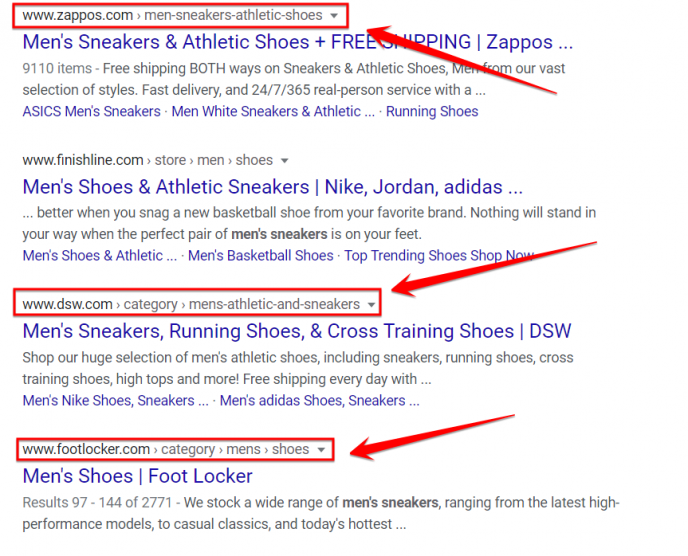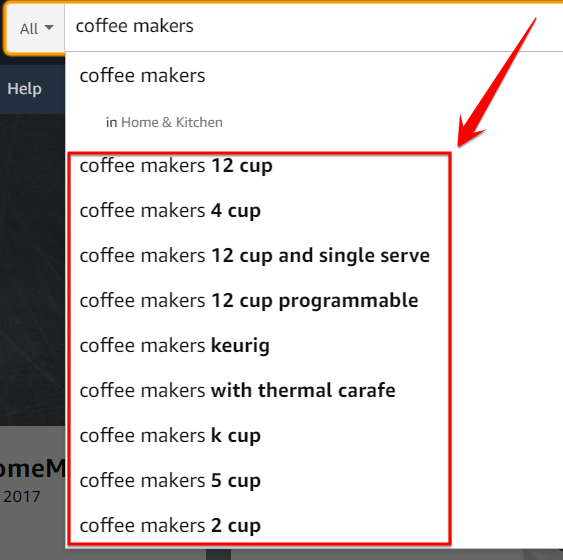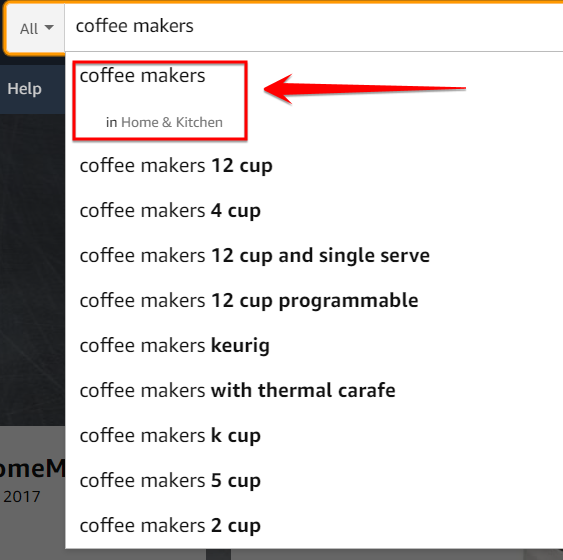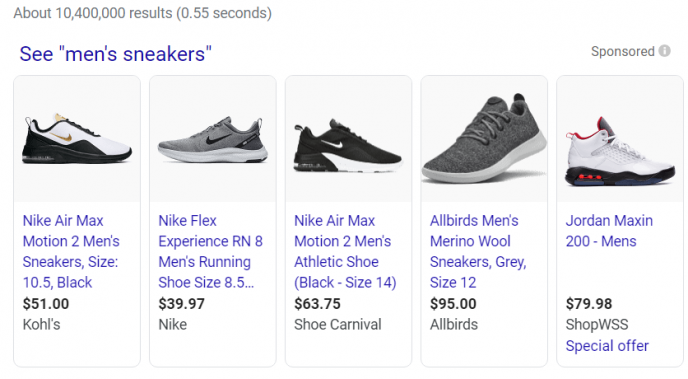As a website owner, you want to rank high on Google. You know how a good ranking can lead to more clicks and organic traffic. What about for an eCommerce site? Do you know the SEO tactics that’ll get your eCommerce website to the top of the rankings? When you miss out on clicks, you’re missing out on sales.
Most people get eCommerce SEO wrong because they focus on high-volume, extremely competitive keywords, and end up competing against big retailers like Amazon or Kohl’s. They’ll bury you as a small business eCommerce site owner, so don’t even bother to compete with them that way. You’ve got to be smarter with your SEO tactics to succeed with your eCommerce site.
Here are 5 SEO tips that’ll boost traffic to your eCommerce website and improve your sales, making all the difference for your small business.
Why SEO Matters for Ecommerce
Let’s say your site sells sneakers. You’ll want to rank for the keyword “men’s sneakers.” According to a few keyword tools, it’s got a decent search volume and click-through rate (CTR). That seems like a winning keyword to go for, right?
Not so fast. Look at the top results for “men’s sneakers” on Google:

Think you can outrank Zappos, Designer Shoe Warehouse, and Foot Locker with your eCommerce site? Probably not.
And with nearly half of all eCommerce traffic coming from organic searches, you can’t afford even to try. What you need is an alternative way to bump up your eCommerce site on search engines that won’t break the bank or take too much effort.
So, instead of trying to rank for the highly competitive keywords, you should focus on ranking your individual product and category pages for less competitive keywords.
Here are five tips to improve your eCommerce SEO and boost traffic and sales.
1. Secure Your Ecommerce Website
A secure website should be a given for an online store. Why? You’re collecting and transmitting personal and financial information about your customers, which you should protect from hackers and other online criminals. Customers want to feel safe buying from you. Not only that, but Google started flagging sites that weren’t secured a few years ago, meaning your customers are savvier about security today. Plus, there’s a slight rankings boost if your site is secure, so it just makes good sense to do it.
There are a few ways you’ll need to secure your website.
Get an SSL Certificate
The first is with a site certificate (SSL certificate), which encrypts and protects any data sent to and from your website, like payment and shipping information. When customers purchase something from your eCommerce site, the data is sent over the internet and through multiple computers before it reaches its destination server. Hackers could steal the information at any point in this journey if it’s not encrypted.
When you install an SSL certificate on your website, you’ll see a slight change in the URL of your website:

You can add your certificate to your entire website or just the pages where you collect and send customer information, like the shopping cart or payment page. While this extra security is necessary for your eCommerce website, they can slow down your page loading times, impacting your traffic and sales numbers. So install it wisely.
Use a PCI-Compliant Web Host
The second level of security for your eCommerce website is to use a PCI-compliant web host or payment processor for all purchases. The PCI Security Standards Council is a global group made up of financial institutions like American Express, MasterCard, and Visa Inc. that came together to develop, enhance, and maintain security standards for payment security.
Any organization or merchant that processes, stores, or transmits credit card information must adhere to the PCI’s standards to ensure the data is protected at all times throughout the transaction process.
Many web hosts have PCI compliance built into them, such as WP Engine, Bluehost WooCommerce, and Shopify. Be sure to look at your web host and payment processor to make sure they’re compliant. As an online retailer, you want to protect your client’s data at all times. If it’s stolen at any point, your customer’s credit rating could be negatively affected, and they could lose money, and a lot more. Plus, your online store’s reputation would be negatively impacted as well.
2. Do Keyword Research for Ecommerce Product and Category Pages
Regular sites can use a couple of keywords to help drive traffic to it (like “men’s sneakers,”) but eCommerce sites should use keywords tailored for product searches (like “men’s sneakers size 9” or “nike men’s sneakers.”) You want people to find your product and category pages when they search for something.
That means you’ll need to do product-focused keyword research.
Use Amazon to Suggest New Product Keywords
Go to Amazon and enter a keyword that describes a product you promote. When you do, the site will list suggestions based on that keyword.

These are ultra-specific keywords that you can use for each product on your website. Do this for each product and optimize the individual product pages for them.
To optimize your category pages, look at the categories Amazon suggests when you enter your product keyword. Add this to your product pages, descriptions, image metadata, and URL slugs.

Use Wikipedia to Find New Category Keywords
Wikipedia is a fantastic way to find great ideas for category keywords for your eCommerce site. Most people don’t think to use it, but since Wikipedia organizes topics by keywords and categories, they’ve already done the hard work for you.
Enter a keyword that describes a product from your site, then scan the Wikipedia entry for words and phrases that apply to it. Weave those keywords into your category page. Look at the Contents box to find new keywords you could optimize for, or even new categories you can create on your site.
For example, typing “mechanical keyboard” brings up the article for “keyboard technology.” Check out the Contents box for the article to get more keywords for your categories. It lists the different ways keyboards are classified, and other keywords people would be searching for such as “key response” or “keycaps.”

3. Optimize Your Product & Category Page Meta Titles and Descriptions
Most eCommerce sites follow a templated pattern for meta tags, namely:
“[Product Name/Type] | Category | Site Name” or “CTA | Category | Site Name”
They do that to make it easier to publish the hundreds or thousands of products an eCommerce site might have. Writing unique titles and descriptions for each would take a long time.
But that leaves each page unoptimized for search, which isn’t a problem for large retailers and websites. Smaller eCommerce sites like yours need to take the time to create unique meta content for their product and category pages to take advantage of SEO for them.
Write well-optimized tags for your most important pages, then use a templated approach for the rest. But not just any templated approach like typical online retailers. Create a unique template for each category, subcategory, brand, and more.
Here’s an example from Stumptown Coffee:

Stumptown Coffee uses a slightly different template for their category pages, alternating between descriptive (“12ox House Blend – Stumptown Coffee Roasters”), persuasive (“Choose The Right Coffee – Coffee Subscription | Stumptown”), and their regular template (“[product name] – Stumptown Coffee Roasters.”) Each one attracts a slightly different person, depending on what they were searching for, and probably gets the click and sale.
Your unique template should include:
- Your primary keyword
- A couple of long-tail keywords, if you have them
- Action words (like buy, click, learn, free, etc.)
- A USP for your eCommerce site (like free shipping)
4. Optimize Your Ecommerce URLs
Your URL slugs can get pretty messy on your eCommerce site, which is why most people just leave them. But you’re missing out on clicks and sales if you leave them with the default format.
Take the time to clean up your URLs to be as clear and readable as possible. For example:
- yourecommercesite.com/category-name (for category pages)
- yourecommercesite.com/category-name/subcategory (for subcategory pages)
- yourecommercesite.com/category-name/product-name (for product pages)
Here are a few examples from Tennis Warehouse:
- tennis-warehouse.com/Tennis_Shoes_Women.html (category page)
- tennis-warehouse.com/Asics_Womens_Tennis_Shoes/catpage-WSASICS.html (subcategory page)
- tennis-warehouse.com/Asics_Gel_Resolution_8_White_Blue_Red_Womens_Shoes/descpageWSASICS-AWG8WB.html (product page)
Be sure to keep your URL slugs as short as possible, include your primary keyword, make your hierarchy and page context clear, and use hyphens to separate words. Avoid underscores, spaces, and any other characters as they’re hard to see in URLs, both on desktop and mobile.
5. Add Image Meta Titles and Descriptions
Aside from helping out those using assistive technologies to browse the web, image meta titles and descriptions are also valuable for SEO. It helps them get picked up by Google more easily to display your listing right on the search results.

That includes pulling out any information about special offers for the product, like Google did for the Jordan Maxin 200 – Mens above.
For details on how to add image metadata, refer to your eCommerce platform (WooCommerce, Shopify, WordPress) or check out this description from Schema.org to add it directly to the HTML code of your product pages.
Optimizing your eCommerce site for search engines takes a lot of work, but is well worth it. You can get traffic and clicks for keywords that bigger retailers ignore because they’re already getting the majority of the clicks. Use these tips to slip your eCommerce website into the SERPs and sneak in some clicks and sales of your own.
Syed Balkhi is an award-winning entrepreneur and online marketing expert. He is the co-founder of OptinMonster, WPBeginner, MonsterInsights, and WPForms.
